Home>Gardening & Outdoor>Plant Care & Gardening Tips>How To Start A Native Plant Nursery
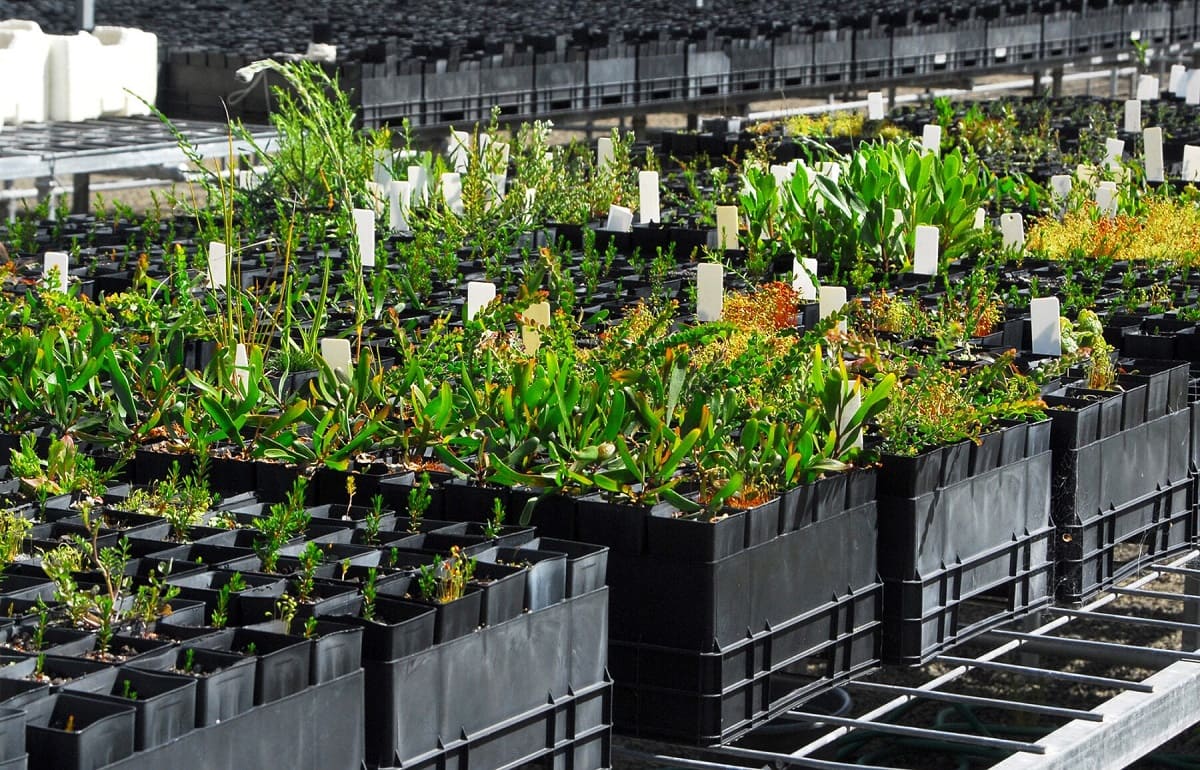

Plant Care & Gardening Tips
How To Start A Native Plant Nursery
Modified: January 4, 2024
Learn how to start a successful native plant nursery with expert plant care and gardening tips. Discover the essential steps to grow and sell native plants profitably.
(Many of the links in this article redirect to a specific reviewed product. Your purchase of these products through affiliate links helps to generate commission for Storables.com, at no extra cost. Learn more)
Introduction
So, you've developed a passion for native plants and want to share their beauty and benefits with others. Starting a native plant nursery is an exciting and rewarding venture that allows you to not only cultivate a business but also contribute to the preservation of local ecosystems. Native plants are essential for maintaining biodiversity, supporting pollinators, and creating resilient landscapes. This comprehensive guide will walk you through the essential steps to establish and run a successful native plant nursery. From researching native plants to propagation methods, growing and caring for native plants, and marketing and selling your products, we've got you covered. Let's dive in and explore the fascinating world of native plant cultivation!
Key Takeaways:
- Researching native plants is crucial for a successful nursery. Understanding their ecological significance and cultural importance sets the foundation for sustainable plant cultivation.
- Setting up a well-equipped nursery, mastering propagation techniques, and nurturing native plants with care and dedication are essential for a thriving native plant business.
Researching Native Plants
Before diving into the business of native plant cultivation, it’s crucial to conduct thorough research on the native plant species in your region. Understanding the native flora will not only help you make informed decisions about the plants to grow but also enable you to educate your customers about the ecological significance of these species.
Start by identifying the native plant species that are indigenous to your specific geographic area. Consider factors such as soil type, climate, and sunlight availability, as these will dictate which plants thrive in your nursery. Collaborating with local botanists, conservation organizations, and native plant societies can provide valuable insights into the native flora and their ecological roles.
Additionally, familiarize yourself with the cultural and historical significance of native plants in your region. Many indigenous cultures have deep-rooted connections with specific plant species, and understanding these relationships can enrich your nursery’s storytelling and educational initiatives.
Furthermore, research the ecological benefits of native plants, such as their role in providing habitat for wildlife, supporting pollinators, and enhancing ecosystem resilience. This knowledge will not only guide your plant selection but also empower you to communicate the environmental advantages of using native plants in landscaping and restoration projects.
By investing time in researching native plants, you’ll lay a solid foundation for your nursery, aligning your business with the principles of ecological stewardship and sustainability. This knowledge will also set you apart as a knowledgeable and passionate advocate for native plant conservation.
Setting Up Your Nursery
Establishing a well-organized and efficient native plant nursery is essential for the successful cultivation and distribution of your plants. Here are key steps to consider when setting up your nursery:
- Location: Choose a site with ample space for plant beds, potting areas, and storage facilities. Access to natural light and a reliable water source are crucial for plant health.
- Infrastructure: Invest in quality greenhouse structures or shade houses to provide optimal growing conditions for your native plants. These structures will protect your plants from extreme weather and facilitate controlled environments for propagation and growth.
- Soil and Growing Medium: Ensure that your nursery has access to high-quality, well-draining soil and growing mediums tailored to the specific needs of native plant species. Consider incorporating sustainable and organic growing practices to align with eco-friendly principles.
- Equipment and Tools: Acquire essential nursery equipment such as potting benches, irrigation systems, and propagation tools. Quality equipment will streamline nursery operations and contribute to the overall efficiency of plant care and maintenance.
- Regulatory Compliance: Familiarize yourself with local regulations and permits related to plant nurseries. Adhering to legal requirements and environmental standards is crucial for the ethical and lawful operation of your nursery.
- Sustainable Practices: Embrace sustainable practices such as water conservation, recycling, and composting to minimize environmental impact and promote eco-conscious operations.
By carefully planning and organizing the physical and operational aspects of your nursery, you can create an environment conducive to the healthy growth and development of native plants. This foundational stage sets the tone for the overall success and sustainability of your native plant nursery.
Propagation Methods
Mastering effective propagation methods is fundamental to the successful cultivation and expansion of your native plant nursery. Here are some key propagation techniques to consider:
- Seed Propagation: Many native plants can be propagated from seeds. Collect seeds ethically and responsibly, ensuring that they are sourced from healthy, genetically diverse parent plants. Understanding the specific germination requirements of each plant species is essential for successful seed propagation.
- Vegetative Propagation: This method involves using plant cuttings, division, or layering to propagate new plants. It is particularly useful for species that are challenging to grow from seeds or those that exhibit desirable traits that can be preserved through cloning.
- Tissue Culture: Tissue culture techniques can be employed for mass propagation of native plants under sterile laboratory conditions. While more advanced and technical, tissue culture allows for the rapid production of uniform and disease-free plantlets.
- Root Division: For perennial plants with clumping growth habits, such as grasses and herbaceous perennials, dividing the root mass into smaller sections is an effective way to propagate new plants.
- Layering: Layering involves encouraging a stem or branch of the parent plant to form roots while still attached, resulting in a new, independent plant. This method is particularly suitable for woody shrubs and some herbaceous perennials.
Each propagation method offers unique advantages and may be more suitable for specific plant species. Experimenting with different techniques and understanding the natural propagation tendencies of native plants will allow you to develop a diverse and resilient plant inventory.
Moreover, documenting and refining your propagation processes over time will contribute to the establishment of best practices tailored to the unique requirements of the native plants in your nursery. By honing your propagation skills, you’ll be better equipped to sustainably propagate and expand the availability of native plants for your customers and conservation efforts.
Tip: Research and understand the native plants in your area before starting a native plant nursery. This will help you choose the right species for your nursery and ensure their success.
Growing and Caring for Native Plants
Cultivating healthy and vibrant native plants requires a deep understanding of their specific growth requirements and ongoing care. Here are essential considerations for nurturing native plants in your nursery:
- Optimal Growing Conditions: Research and understand the natural habitats of the native plants in your care, and strive to replicate these conditions as closely as possible within your nursery. This includes providing the right balance of sunlight, moisture, and soil composition tailored to each plant species.
- Watering Practices: Implement a watering regimen that mirrors the natural moisture patterns of the plants’ native habitats. Utilize efficient irrigation systems and monitor soil moisture levels to prevent overwatering or drought stress.
- Soil Health: Maintain soil fertility and structure by incorporating organic amendments and employing sustainable soil management practices. Healthy soil supports robust root development and overall plant vitality.
- Pest and Disease Management: Prioritize preventive measures such as regular scouting for pests and diseases, promoting biodiversity to encourage natural pest control, and implementing eco-friendly pest management strategies when necessary.
- Seasonal Considerations: Adapt your care routines to align with seasonal changes, including adjusting watering schedules, providing winter protection for vulnerable species, and facilitating optimal conditions for flowering and seed production during the appropriate seasons.
- Native Plant Education: Educate your staff and customers about the unique attributes and cultural significance of native plants, as well as the best practices for their care and integration into sustainable landscapes.
By prioritizing the individual needs of native plant species and fostering a nurturing environment within your nursery, you can ensure the health and vitality of the plants under your care. Embracing sustainable and ecologically mindful practices will not only benefit the plants but also contribute to the overall mission of native plant conservation and ecological stewardship.
Read more: Why Is It Better To Plant Native Plants
Marketing and Selling Your Native Plants
Effectively marketing and selling your native plants is crucial for reaching potential customers and promoting the ecological and aesthetic benefits of native plant landscaping. Here are key strategies to consider:
- Storytelling and Education: Share the unique stories and ecological significance of each native plant species. Educate your customers about the role of native plants in supporting local biodiversity, attracting pollinators, and enhancing ecosystem resilience.
- Online Presence: Establish a professional website showcasing your native plant inventory, nursery services, and educational resources. Utilize social media platforms to engage with a broader audience and share valuable content about native plants and sustainable landscaping practices.
- Community Engagement: Participate in local markets, garden shows, and environmental fairs to connect with potential customers and raise awareness about the value of native plants. Hosting workshops and garden tours can also attract enthusiasts and educate the community about native plant cultivation.
- Collaborations and Partnerships: Forge partnerships with landscape designers, conservation organizations, and local businesses to expand your reach and promote the use of native plants in landscaping projects. Collaborative initiatives can amplify your impact and outreach within the community.
- Customer Guidance: Provide personalized guidance to customers, helping them select native plants that align with their landscaping goals and environmental aspirations. Offer resources and recommendations for integrating native plants into sustainable garden designs.
- Sustainability Commitment: Emphasize your nursery’s commitment to sustainable practices and ethical plant sourcing. Highlight certifications, such as being a Certified Wildlife Habitat or a member of native plant societies, to reinforce your dedication to ecological integrity.
By adopting a multi-faceted approach to marketing and sales, you can effectively convey the value of native plants and cultivate a loyal customer base committed to sustainable landscaping practices. Your efforts will not only promote the beauty and ecological significance of native plants but also contribute to the preservation of local biodiversity and natural habitats.
Conclusion
Embarking on the journey of starting a native plant nursery is a profound commitment to ecological stewardship, sustainable business practices, and the preservation of local biodiversity. As you immerse yourself in the world of native plants, remember that each species has a story to tell, a role to play in the ecosystem, and a unique beauty to offer.
By conducting thorough research on native plants, setting up a well-equipped nursery, mastering propagation techniques, and nurturing the growth of native plants with care and dedication, you are not only cultivating a business but also sowing the seeds of environmental awareness and conservation.
As you market and sell your native plants, share the stories of these botanical treasures with your community. Educate and inspire others to embrace the ecological and aesthetic benefits of incorporating native plants into their landscapes. Your efforts will not only beautify gardens but also foster habitats for wildlife, support pollinators, and contribute to the resilience of local ecosystems.
In the interconnected web of nature, every native plant nurtured in your nursery has the potential to enrich the environment and touch the lives of those who encounter its beauty. By promoting the use of native plants, you are contributing to a greener, more sustainable future for your community and beyond.
So, as you embark on this fulfilling endeavor, remember that your dedication to native plant cultivation is a beacon of hope for the preservation of our natural heritage. Your nursery is more than a business; it is a sanctuary for biodiversity, a source of inspiration, and a testament to the profound impact of nurturing and celebrating the native flora that surrounds us.
Frequently Asked Questions about How To Start A Native Plant Nursery
Was this page helpful?
At Storables.com, we guarantee accurate and reliable information. Our content, validated by Expert Board Contributors, is crafted following stringent Editorial Policies. We're committed to providing you with well-researched, expert-backed insights for all your informational needs.
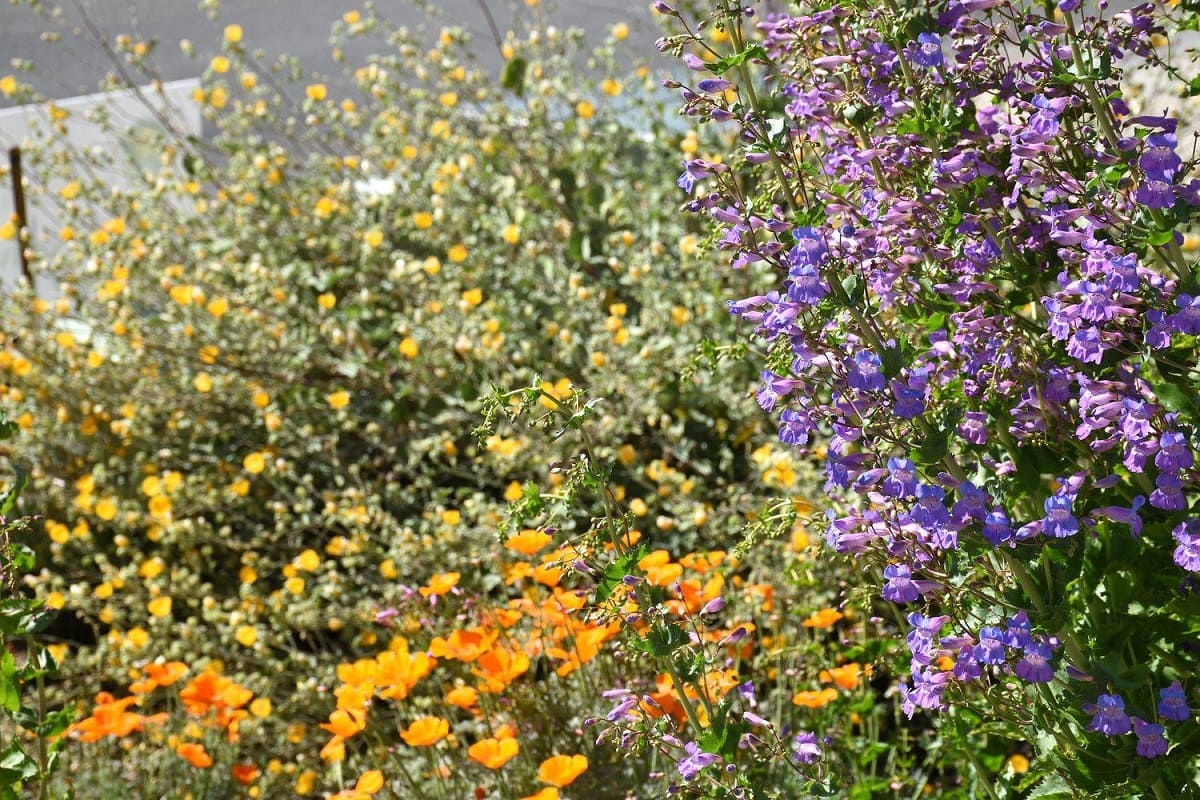
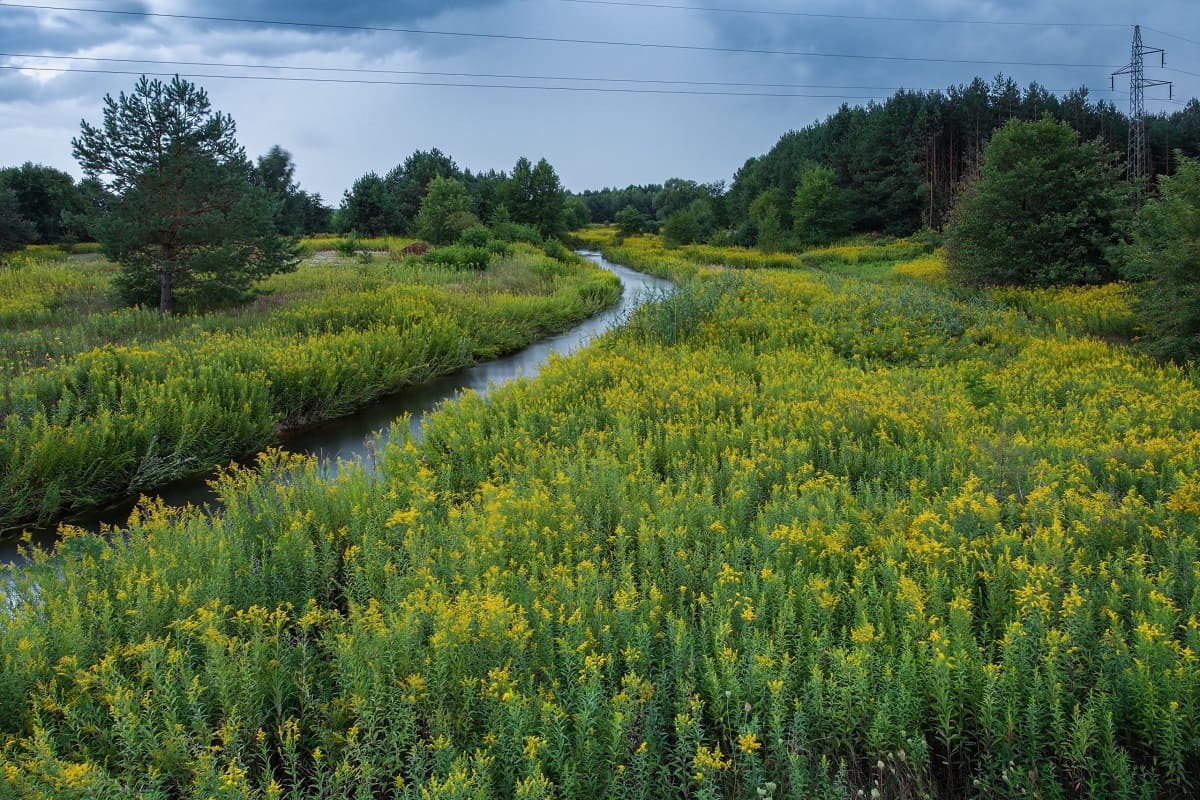
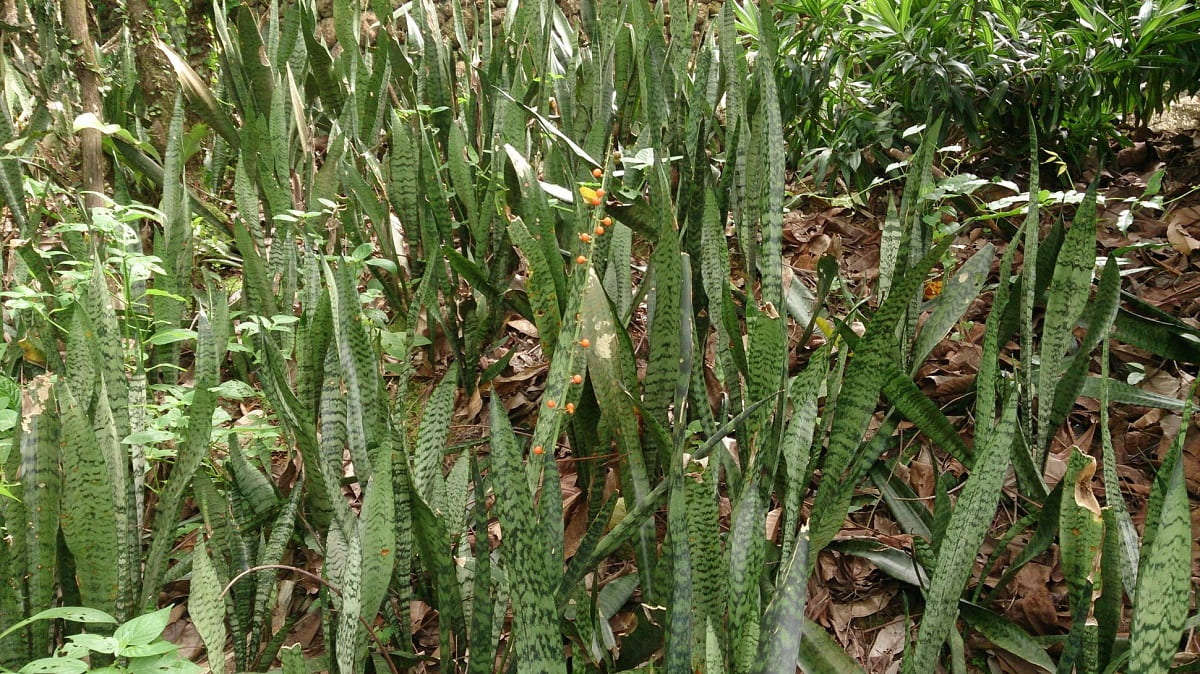
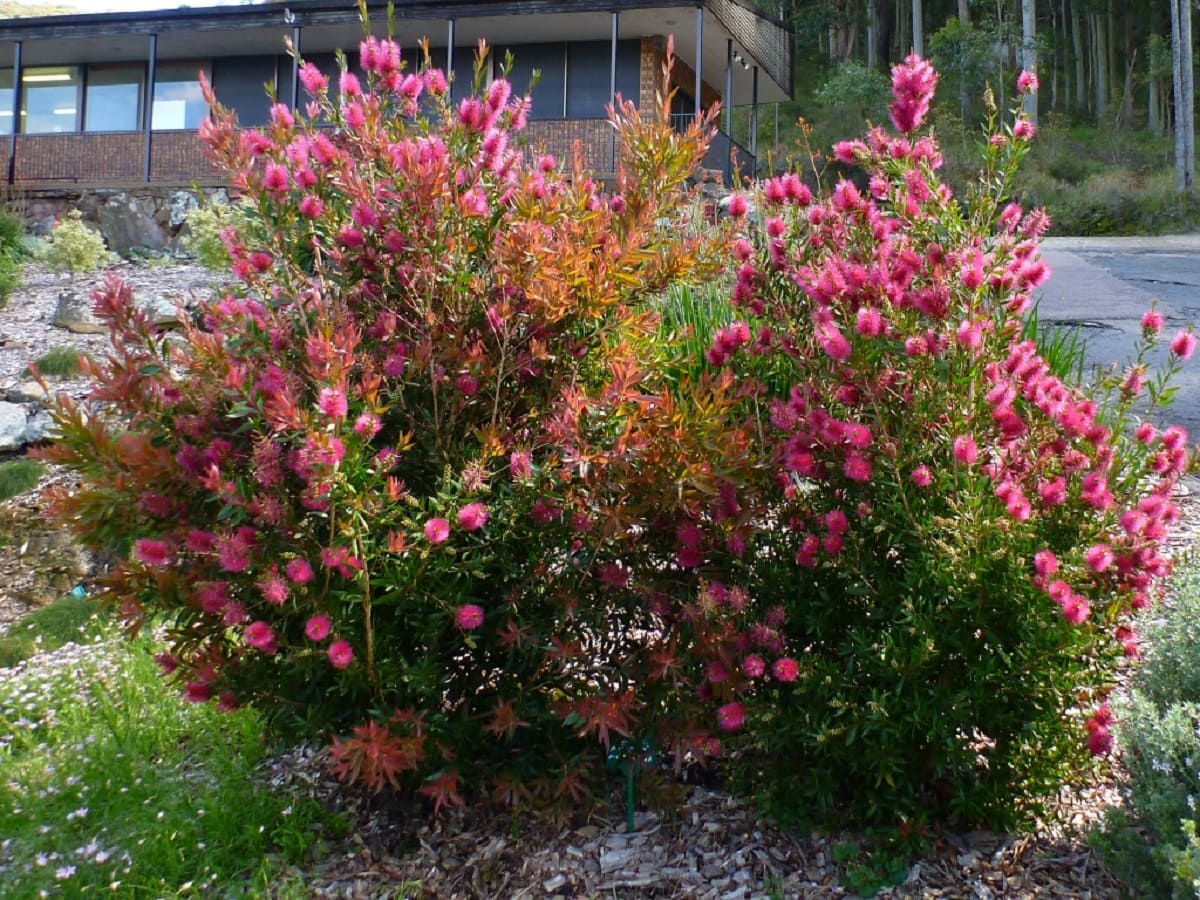
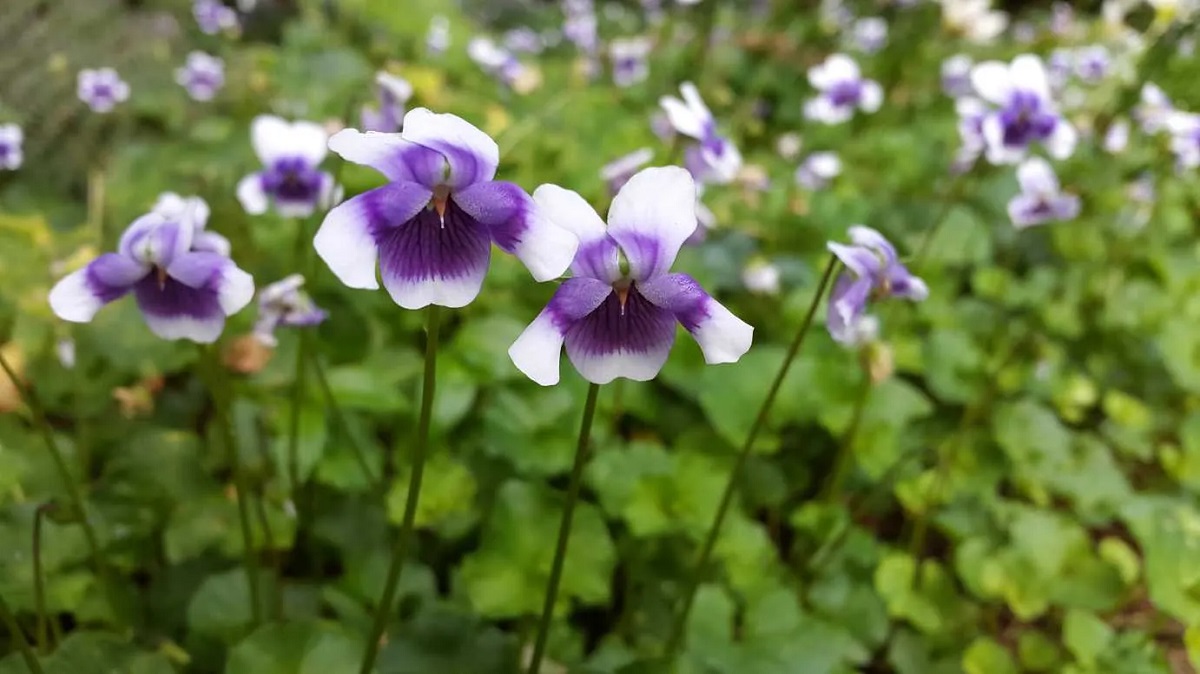
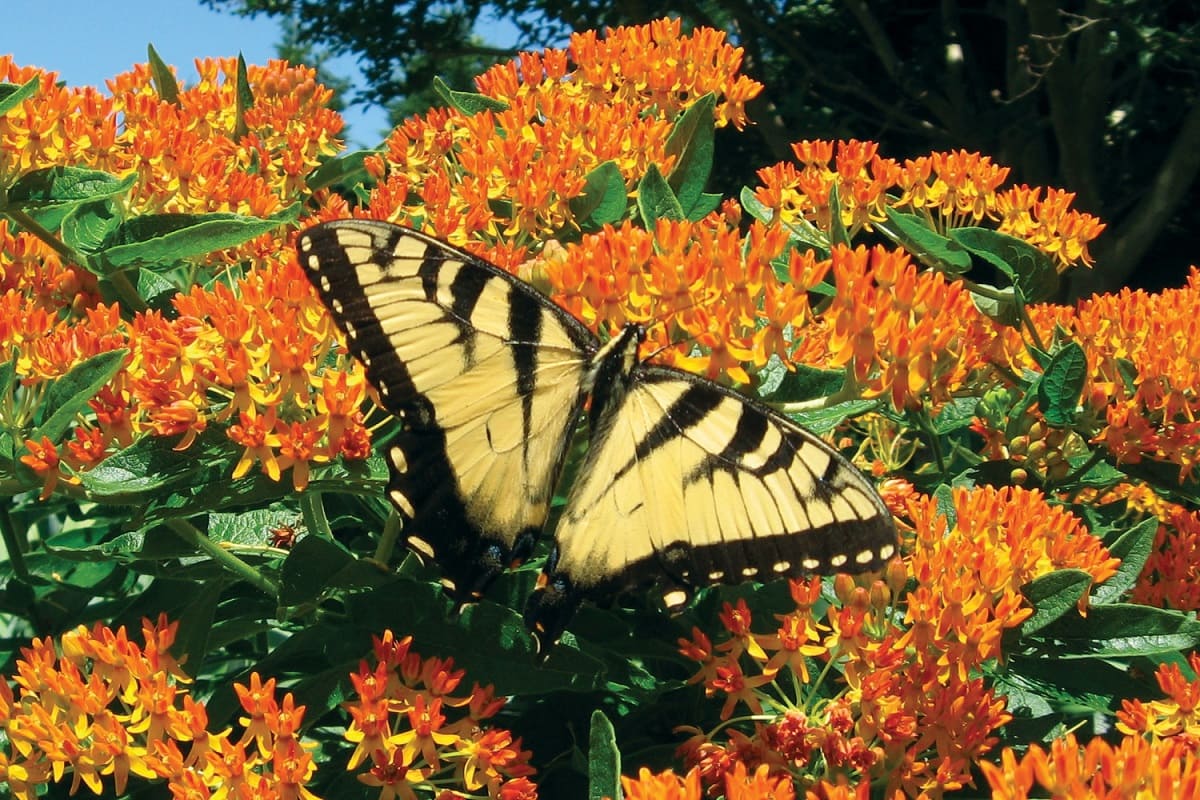
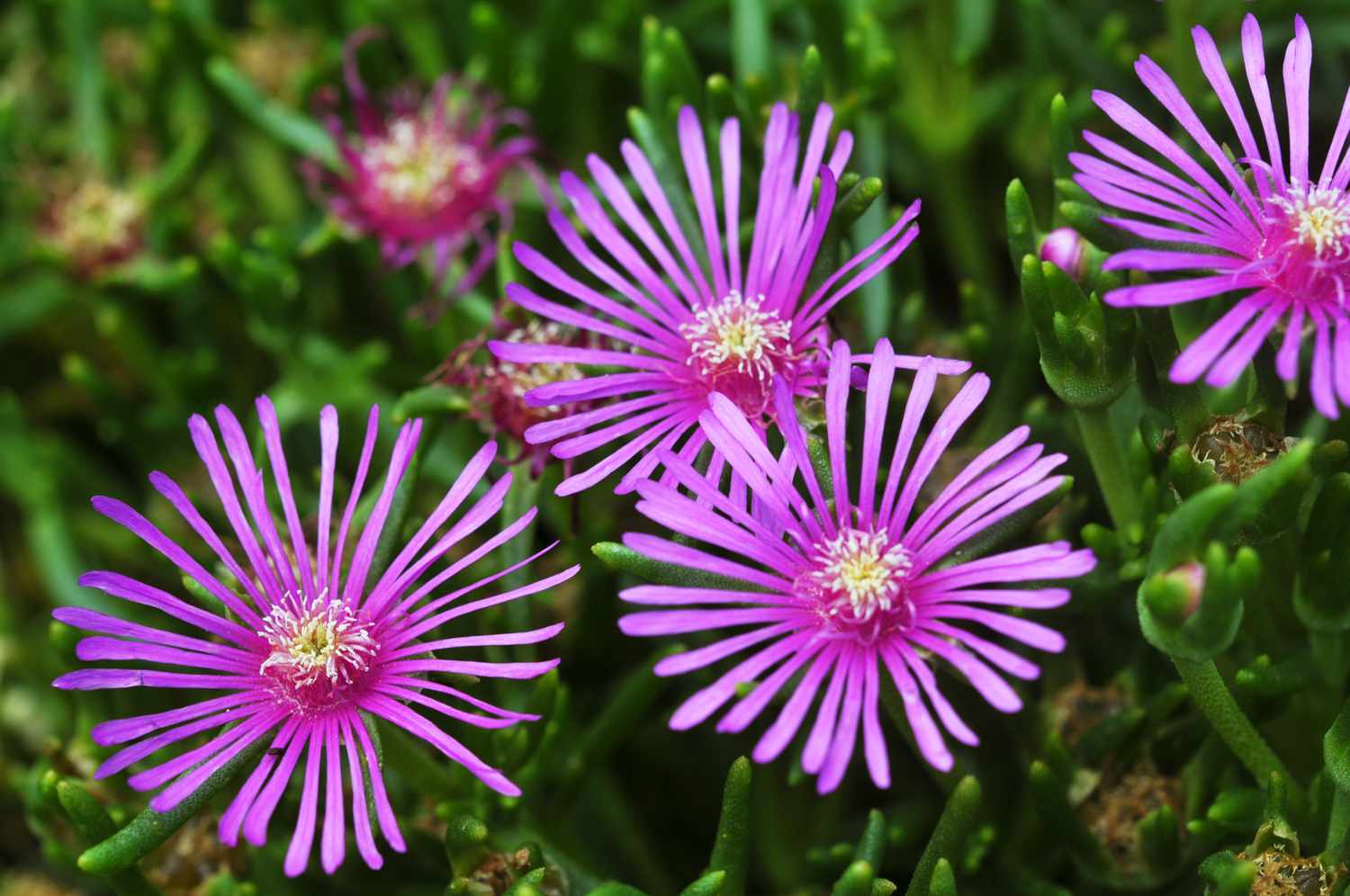
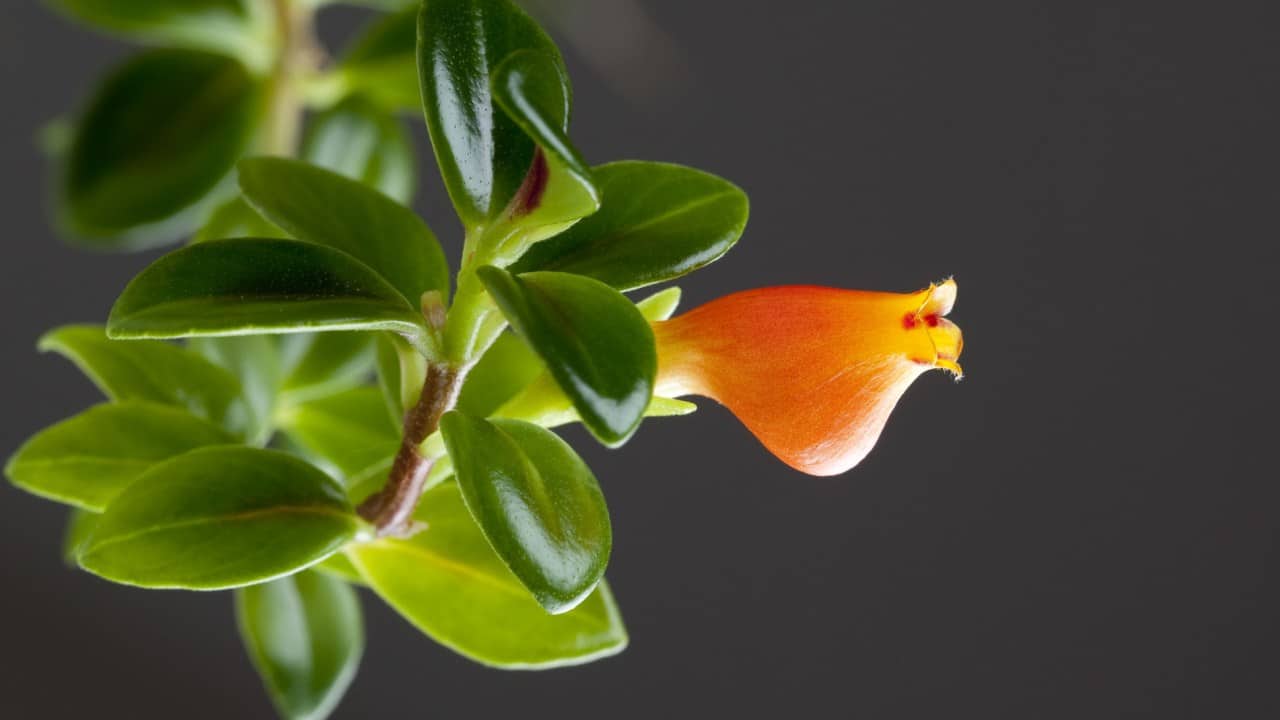
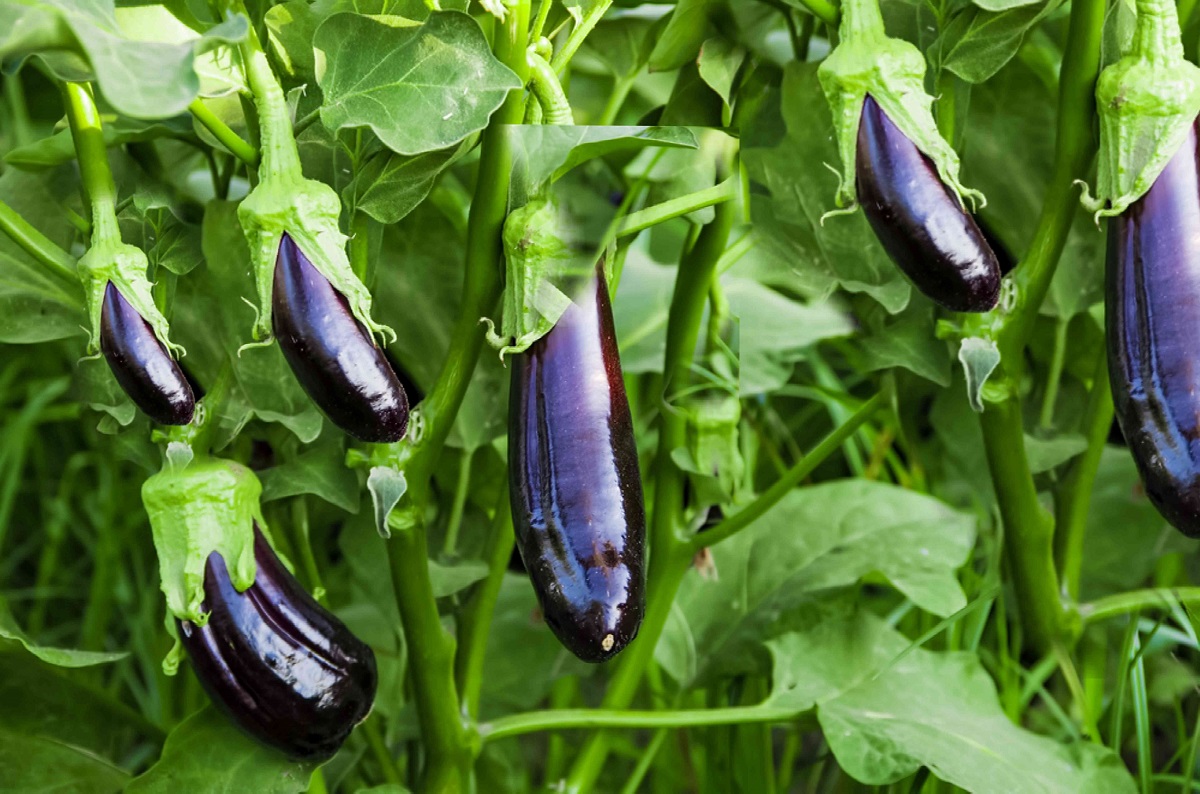
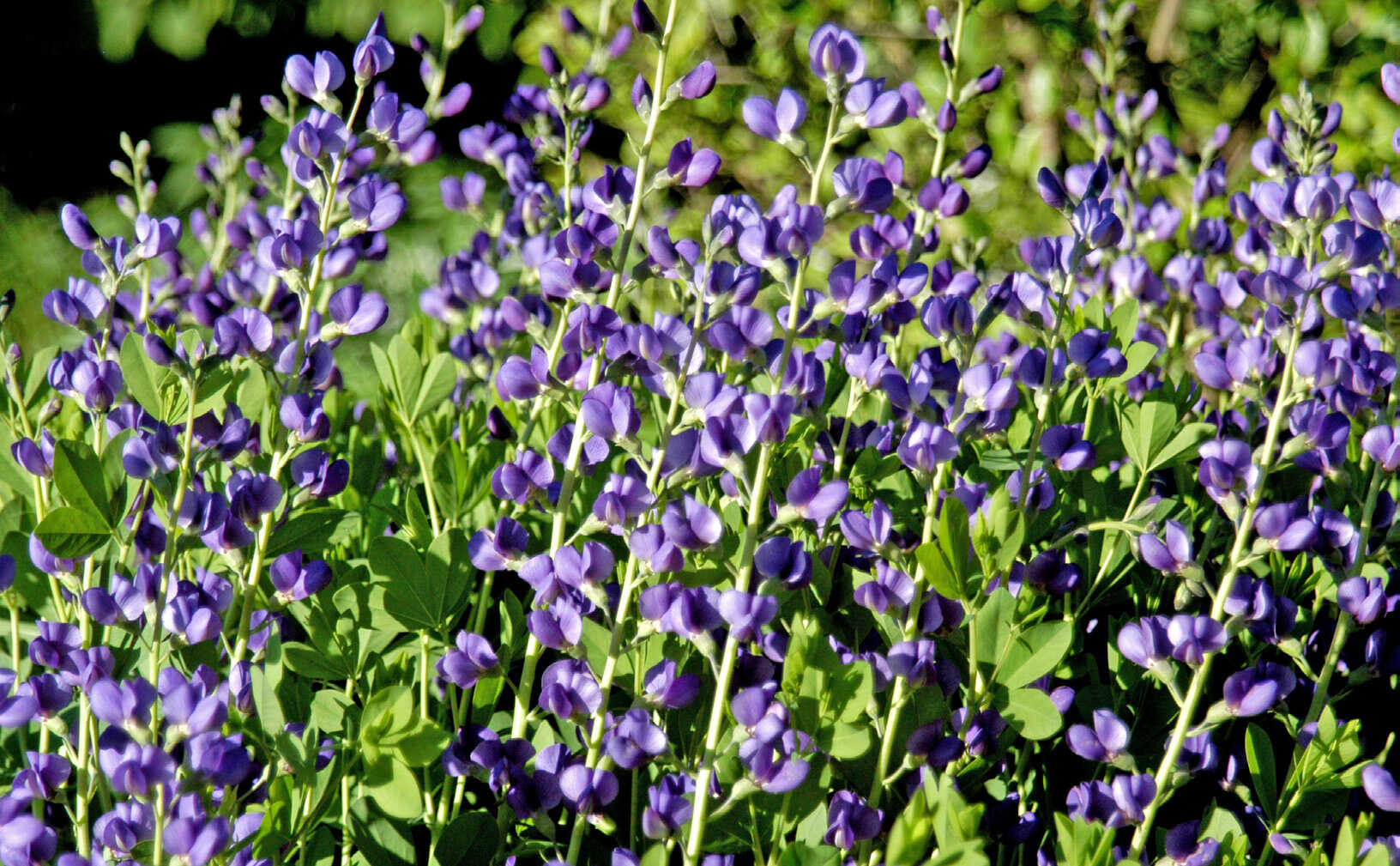
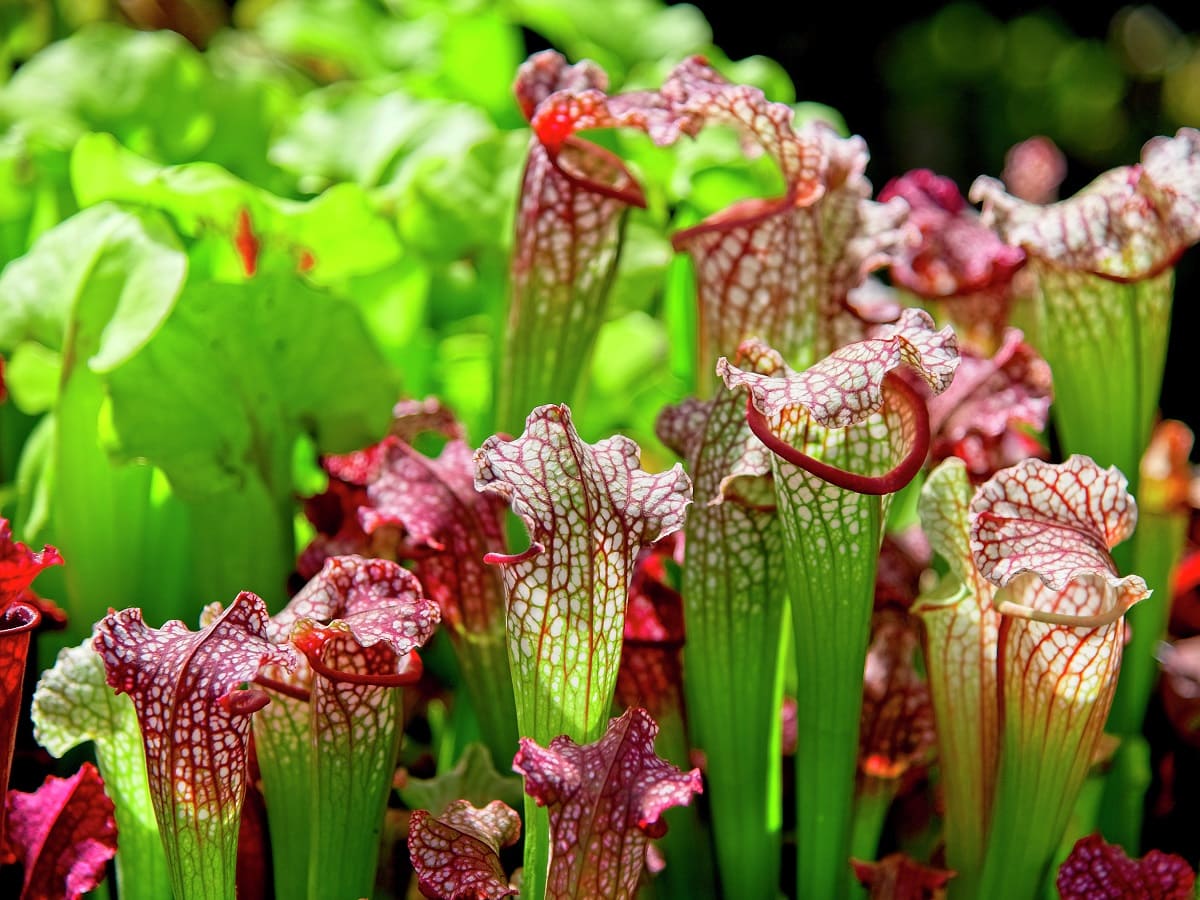
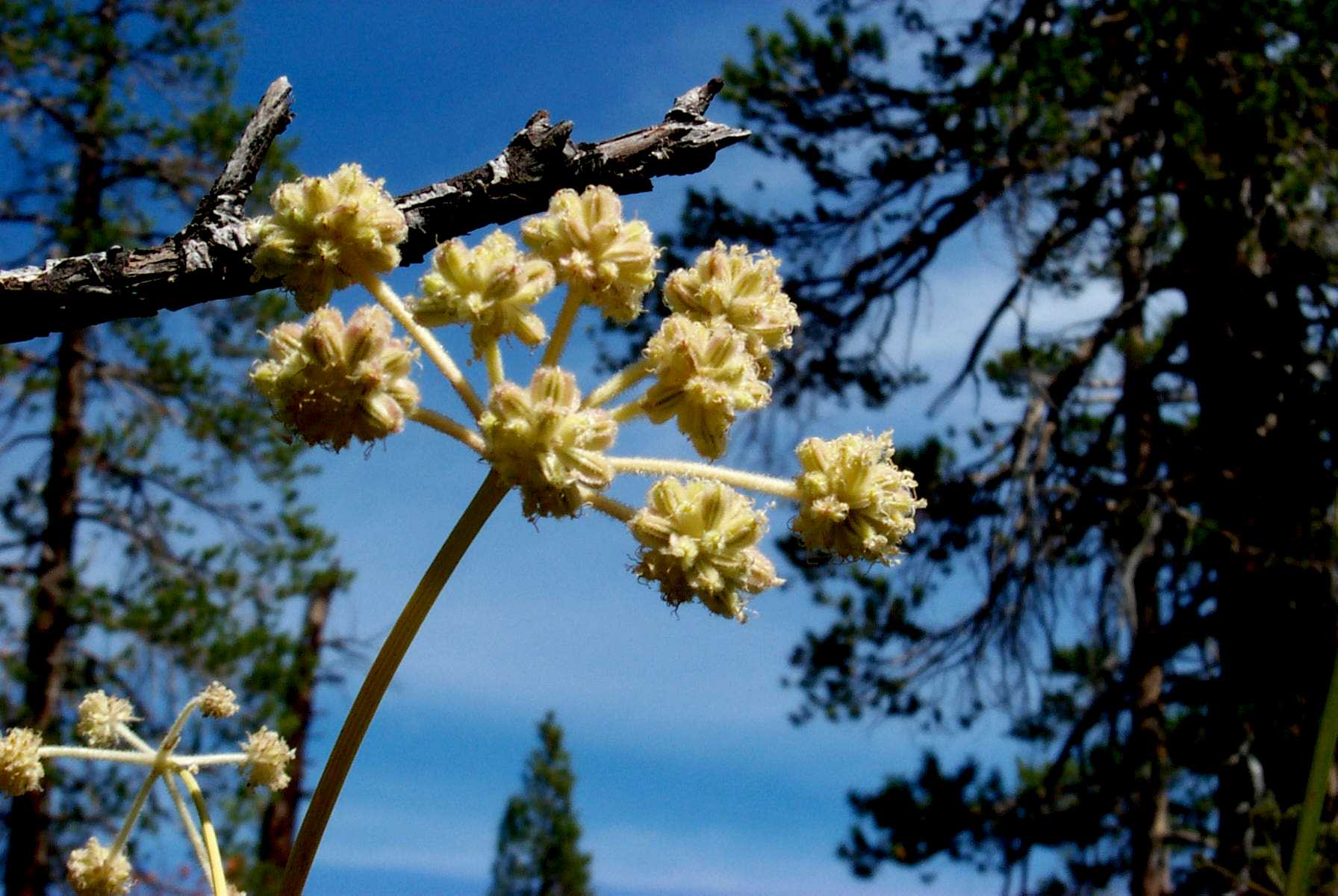
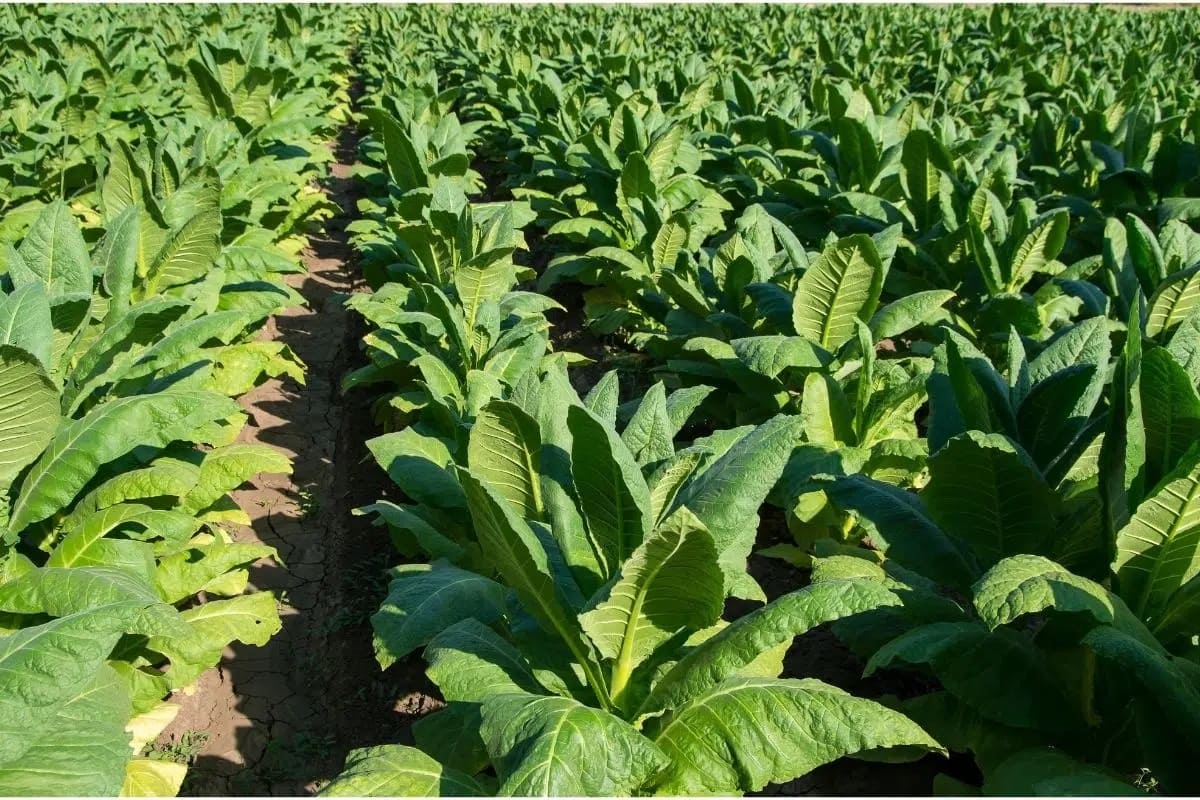
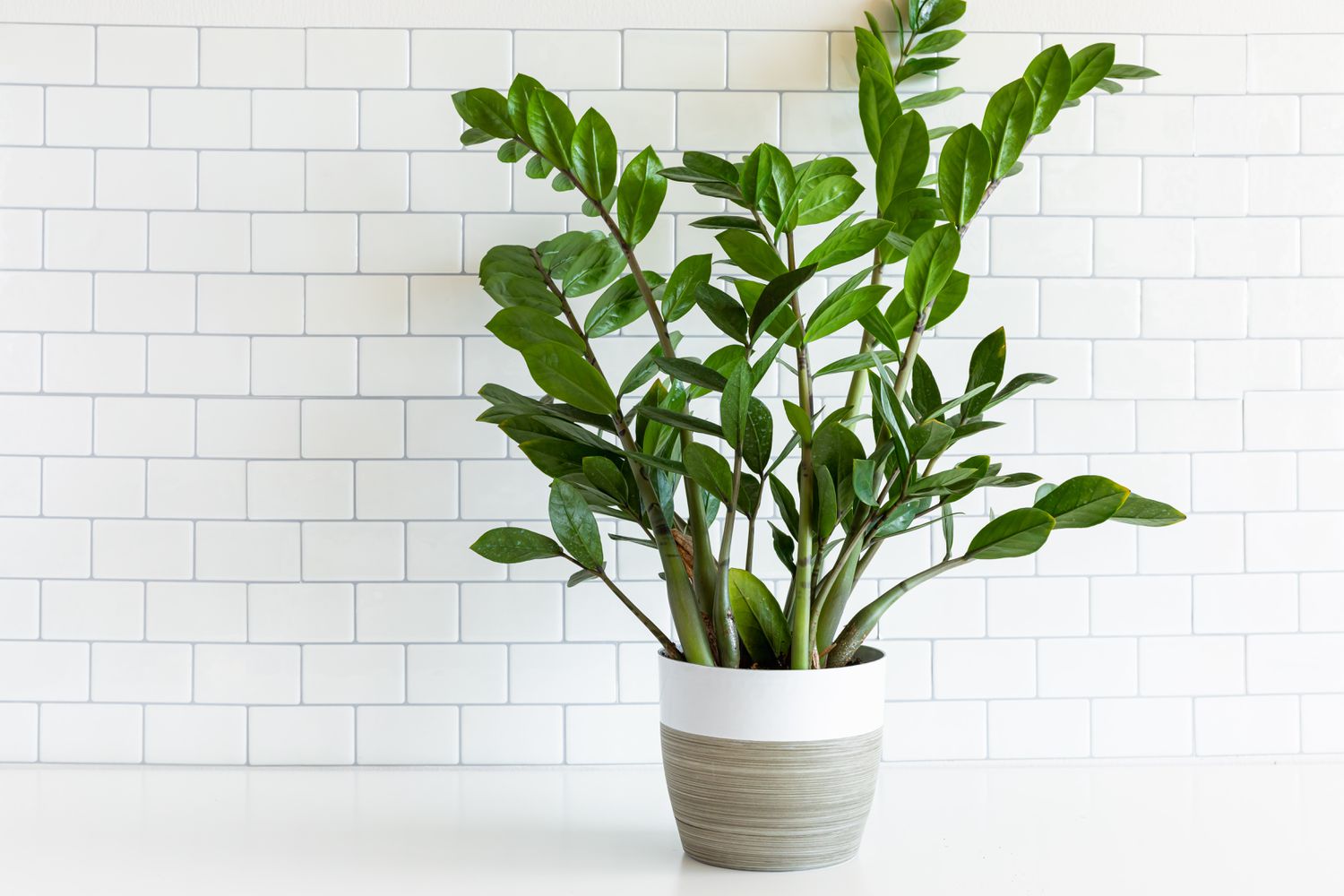

0 thoughts on “How To Start A Native Plant Nursery”